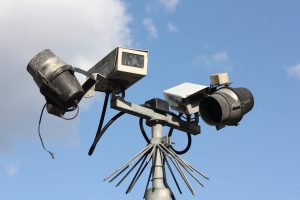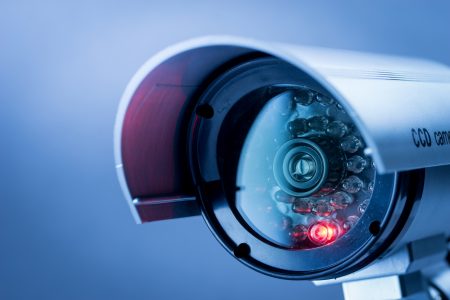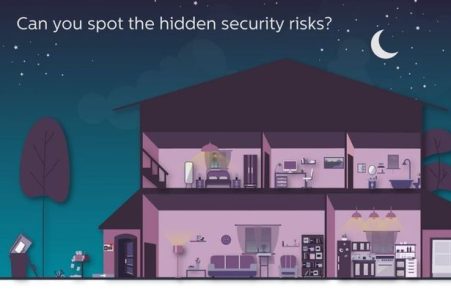Today we live in a tech-driven world, where our heating systems can control themselves, our lighting can be switched on and off through a smartphone app, and the thought of ever calling a large chunky white box on the wall a CCTV (Closed Circuit Television) camera feels like something of a past life dream. But it is no dream, it is the stark reality of CCTV in its early days before becoming security staple in systems designed for everything from commercial and domestic properties to public spaces and motorways.
Originating in 1942 Germany, CCTV was first introduced and used by the country’s military to observe the launch of V2 rockets alongside the development and testing of atomic weapons, after one of the militaries engineers designed a system that would screen remotely. The new CCTV system allowed the tests and developments to be viewed safely away from the launch/test sites. From then onwards, CCTV gradually became more and more integrated into society and spread across the western world with the technology most notably being added into banks as an added security measure.

During the 1960s, aside from the big banks, petrol stations were the place that most commonly utilised CCTV – using the grainy black and white live feed as a way of monitoring and recording when people filled up their tanks and drove off without paying. In Britain by the mid-’70s, CCTV systems were already being used regularly by the metropolitan police as a way of surveying large public crowds at special events, and the monitoring systems were installed all over the place too in the places such as the London Underground.
By this point also, CCTV was starting to be introduced on the main roads of Britain and helped to navigate traffic, locate accidents and record criminal activity. Other places such as stadiums and other large entertainment venues had CCTV installed too to keep an eye on all the goings-on. The mid-70s–80s was the time that really enabled CCTV to flourish and develop it into what we know today. But nobody back then could have dreamt about just how far CCTV would develop throughout the ’90s, or predict the success rate of it today.
Advanced technology has now enabled CCTV to be used for more than just recording what it’s pointed towards. Today, we have the zoom and rotate functions, we can view live feeds from our smartphones, we can even remotely speak through some cameras. Motion sensors now track individuals and internal sensors can distinguish a friend from an unwelcome foe.
Click here to shop our range of CCTV, or call us today to see how we can help.




